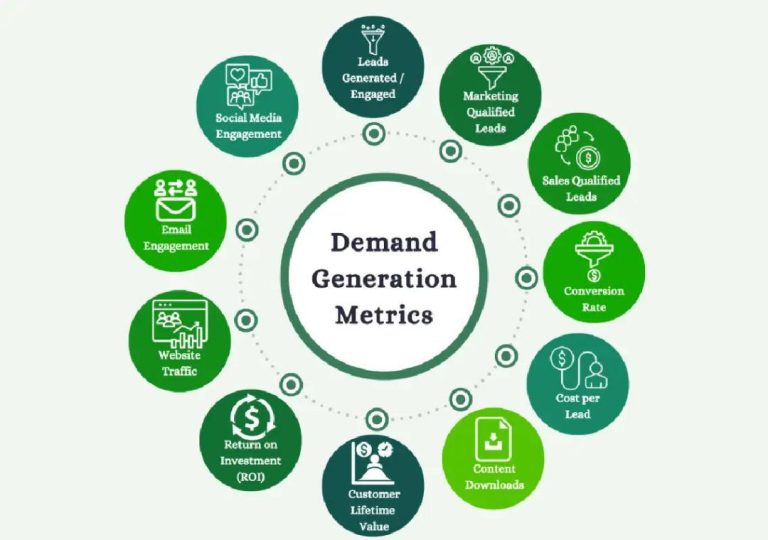
Ghazal Alagh Explains How Toxic Managers Drive Top Talent Away
As a co-founder of Mamaearth, Ghazal Alagh is no stranger to the challenges of building and managing a successful startup. Recently, she took to LinkedIn to share her insights on the topic of toxic managers and how they can drive top talent away. Her post quickly went viral, resonating with professionals across India’s startup ecosystem.
In her post, Alagh identified several types of toxic managers that can lead high-performing employees to quit. She emphasized that real employee retention depends on trust, support, and everyday leadership, not just perks or policies. Alagh urged organizations to reflect on their managerial culture and make changes to create a more positive and productive work environment.
The post highlights the importance of recognizing and addressing the behaviors and attitudes that can drive top talent away. This includes managers who are:
-
Micromanagers: Those who constantly monitor and control every aspect of an employee’s work, leaving no room for autonomy or creativity.
-
Disengaged leaders: Managers who are detached from their teams, fail to provide guidance, and don’t show interest in their employees’ well-being or success.
-
Abusive managers: Those who use aggressive language, belittle their employees, or create a fear-based work environment.
-
Inconsistent leaders: Managers who make promises they can’t keep, set unrealistic expectations, or don’t follow through on commitments.
-
Overly critical managers: Those who focus on what’s going wrong rather than what’s going right, and constantly find fault in their employees’ work.
-
Lack of transparency: Managers who fail to communicate clearly, don’t provide regular feedback, or keep employees in the dark about important decisions or changes.
-
Not willing to learn: Those who are unwilling to adapt, evolve, and learn from their mistakes, and instead, cling to outdated methods and practices.
-
Overly competitive: Managers who prioritize their own success over the success of their team, and create an environment of competition rather than collaboration.
-
Too focused on metrics: Those who prioritize metrics and data over human connection and employee well-being, and create a culture of burnout and exhaustion.
-
Unclear expectations: Managers who fail to set clear goals, roles, and expectations, leaving employees feeling uncertain and frustrated.
Alagh emphasized that these types of toxic managers can have devastating effects on employee morale, motivation, and job satisfaction. When employees feel undervalued, unappreciated, or unsupported, they are more likely to leave their jobs in search of a more positive and fulfilling work environment.
The consequences of toxic management can be far-reaching, including:
- High turnover rates
- Decreased productivity
- Increased absenteeism
- Negative word-of-mouth and reputational damage
- Difficulty attracting and retaining top talent
In contrast, Alagh highlighted the benefits of creating a positive and supportive work environment, including:
- Increased employee engagement and motivation
- Improved job satisfaction and retention
- Better collaboration and teamwork
- Enhanced creativity and innovation
- Greater sense of purpose and fulfillment
To create a more positive and productive work environment, Alagh urged organizations to focus on building trust, providing support, and exhibiting everyday leadership. This includes:
- Setting clear goals and expectations
- Providing regular feedback and coaching
- Fostering open communication and transparency
- Encouraging collaboration and teamwork
- Recognizing and rewarding employee achievements
- Prioritizing employee well-being and work-life balance
By recognizing the signs of toxic managers and making changes to create a more positive and supportive work environment, organizations can attract and retain top talent, drive growth and innovation, and build a strong and successful team.
In conclusion, Ghazal Alagh’s post serves as a timely reminder of the importance of creating a positive and supportive work environment. By recognizing and addressing the behaviors and attitudes that can drive top talent away, organizations can build a strong and successful team that is motivated, engaged, and committed to achieving their goals.
Source: https://startuptalky.com/news/ghazal-alagh-on-toxic-managers-types/






